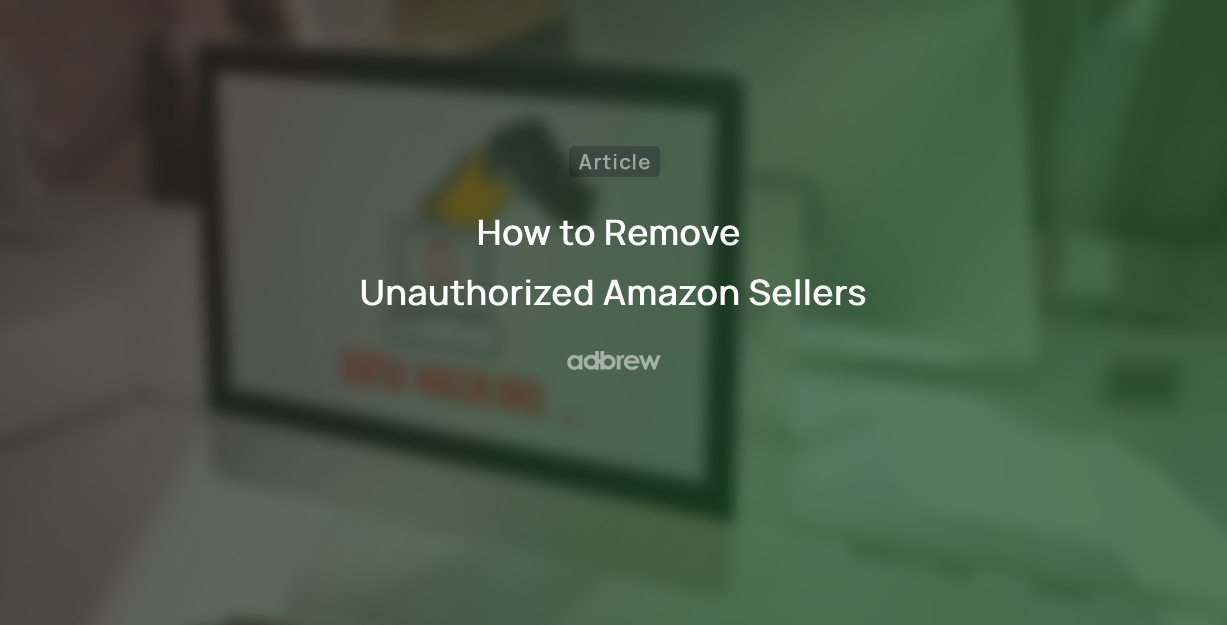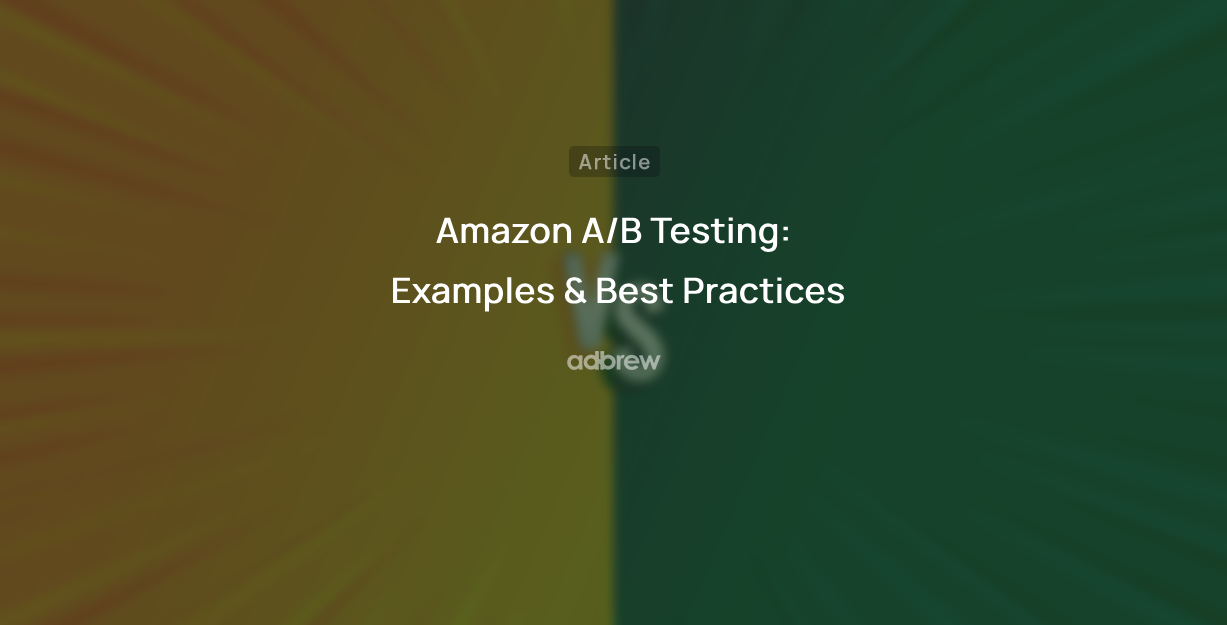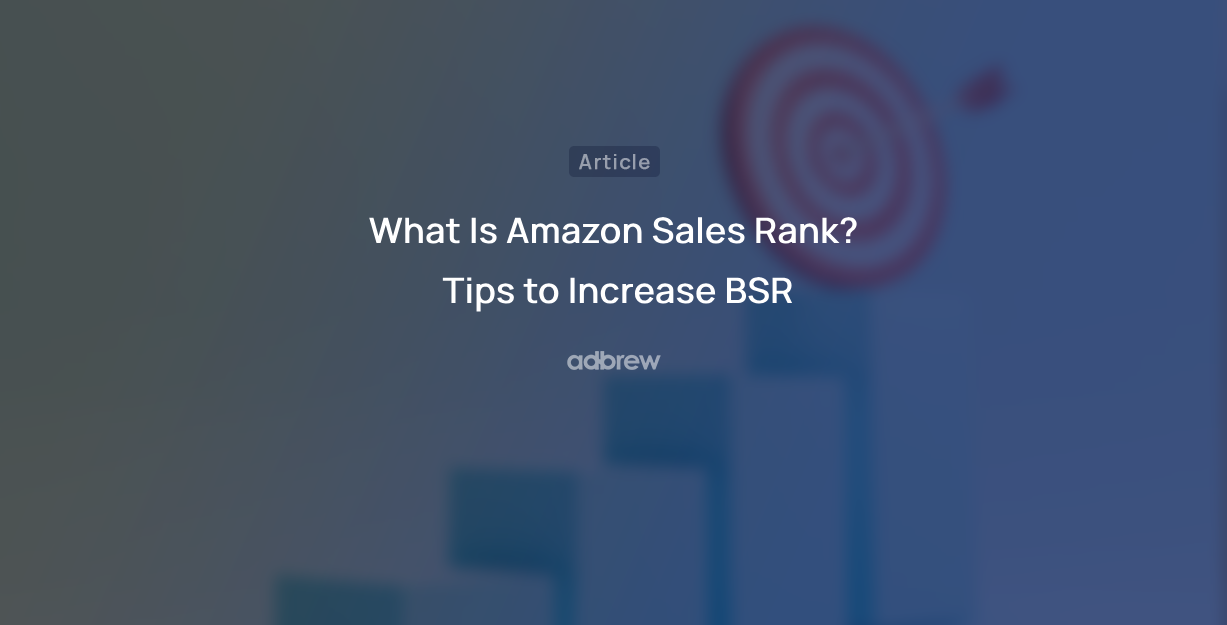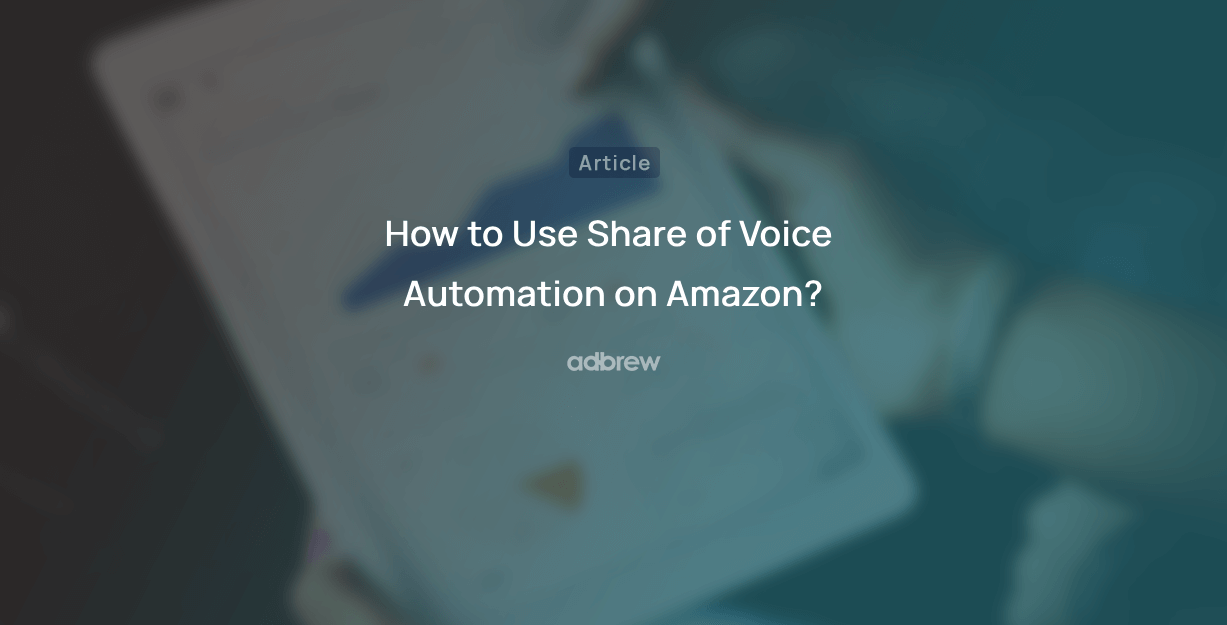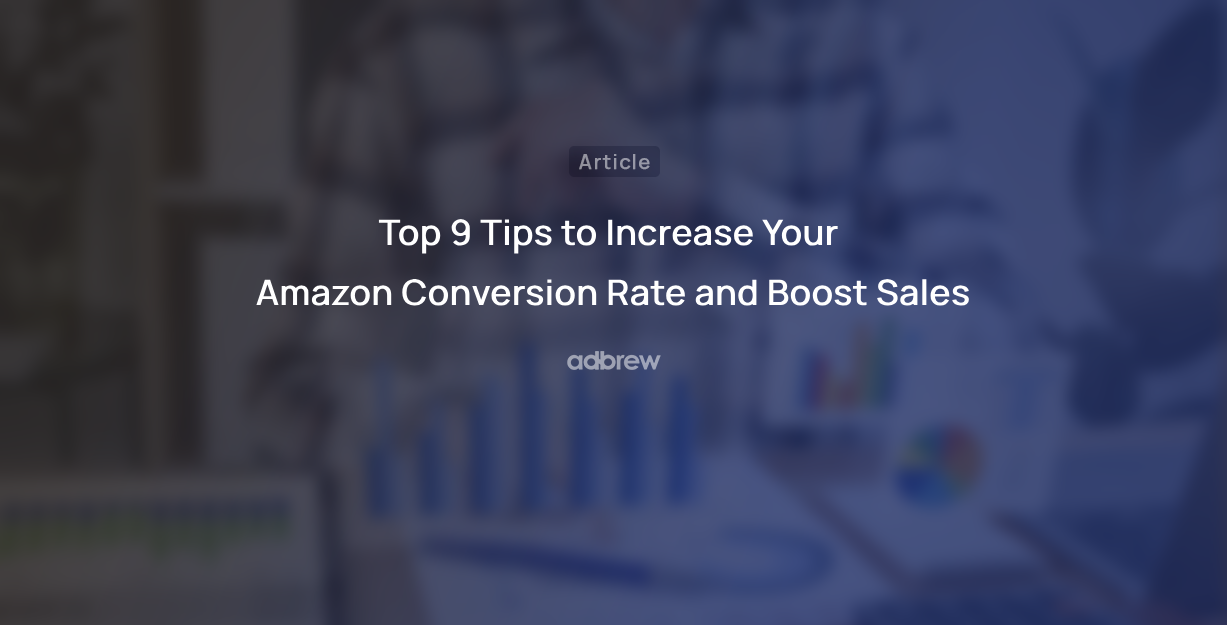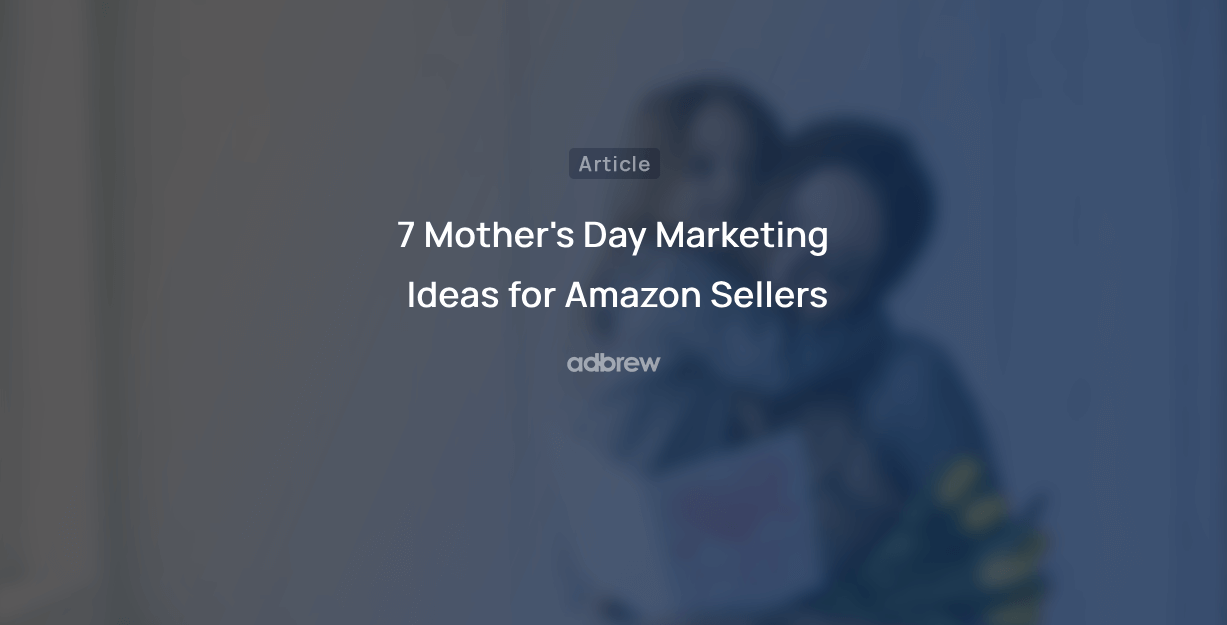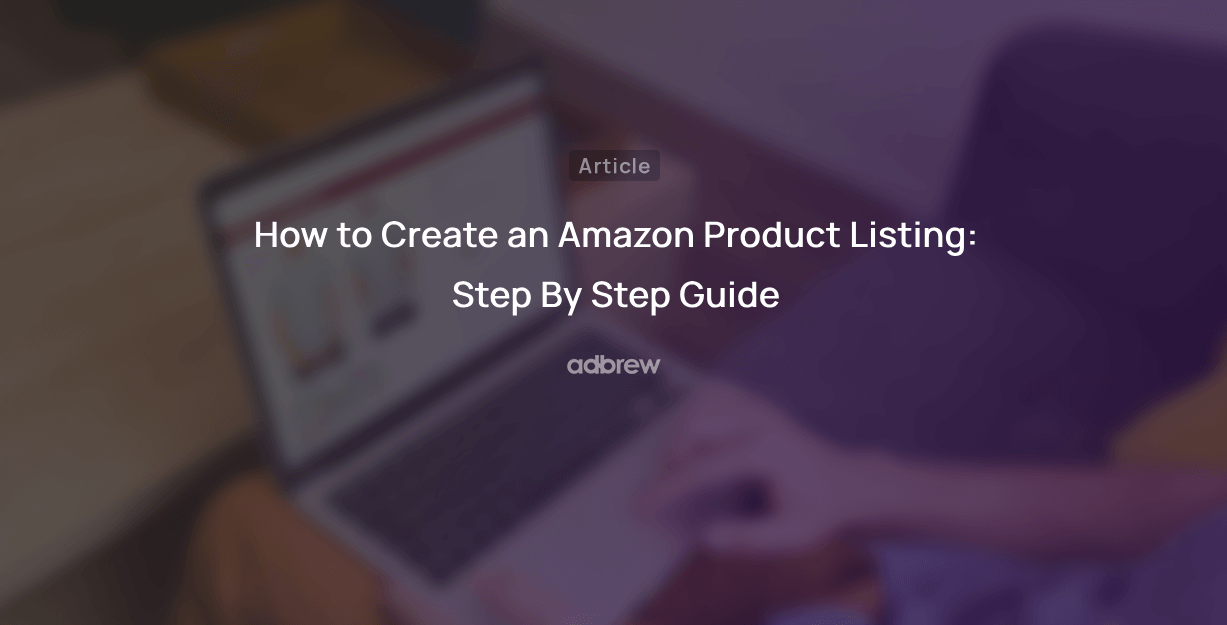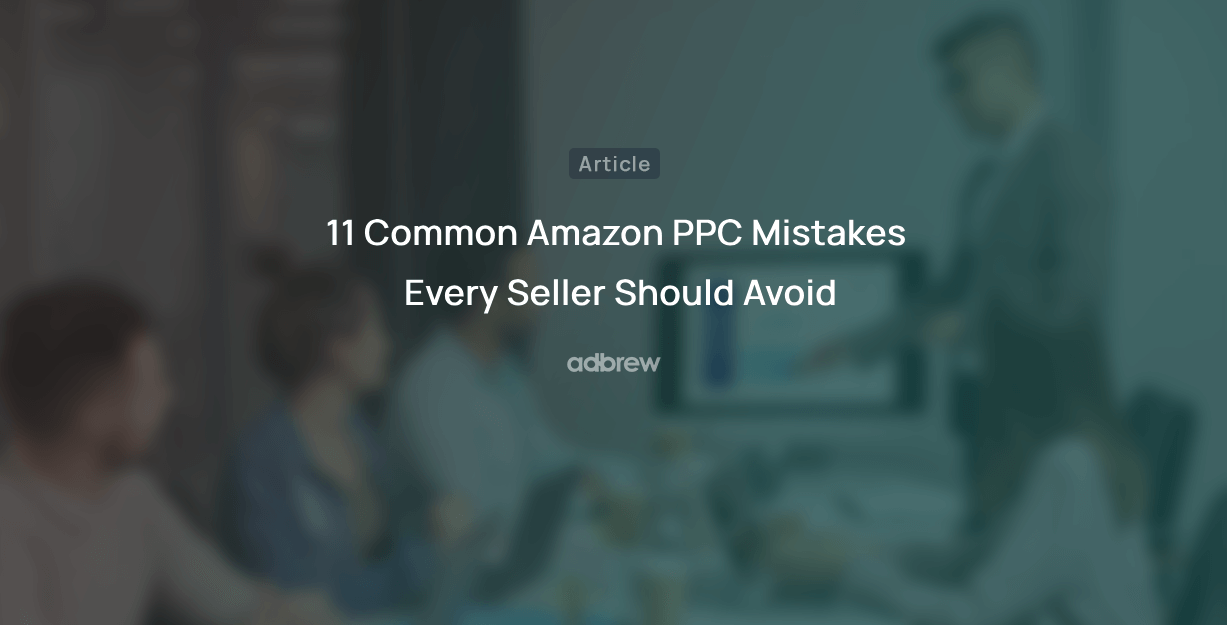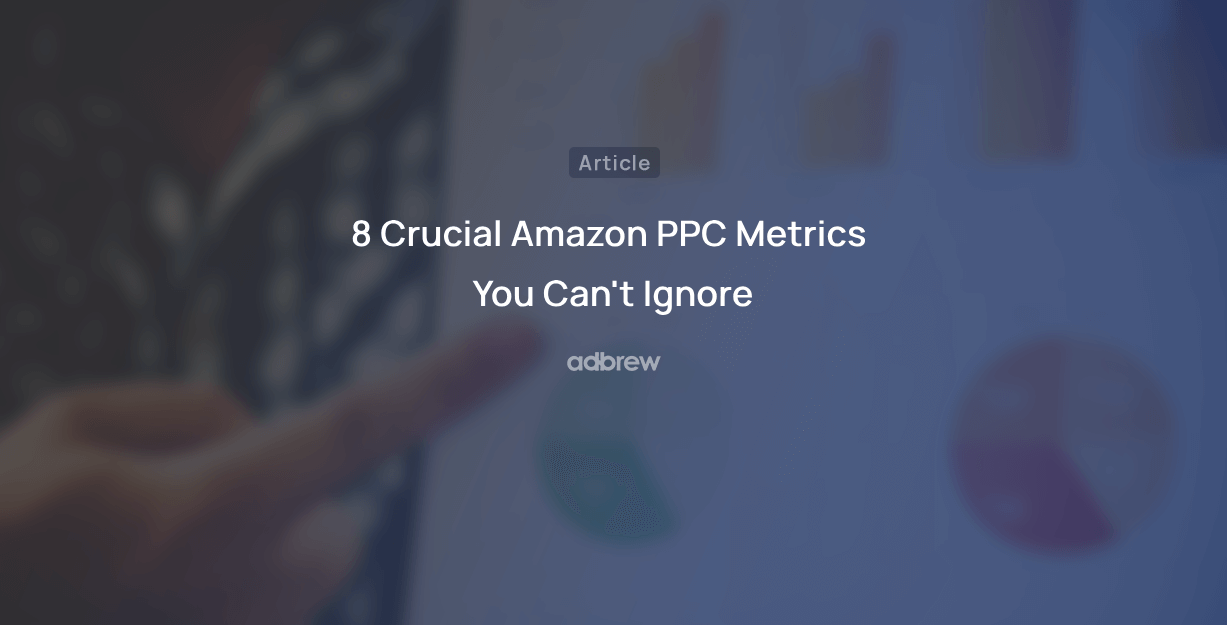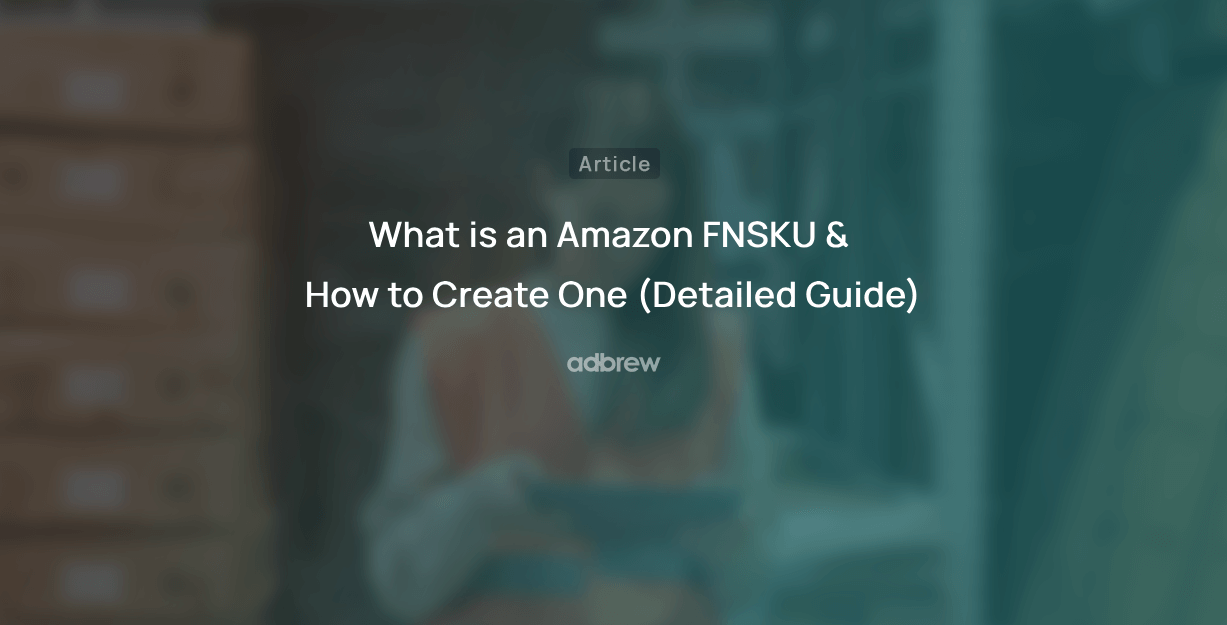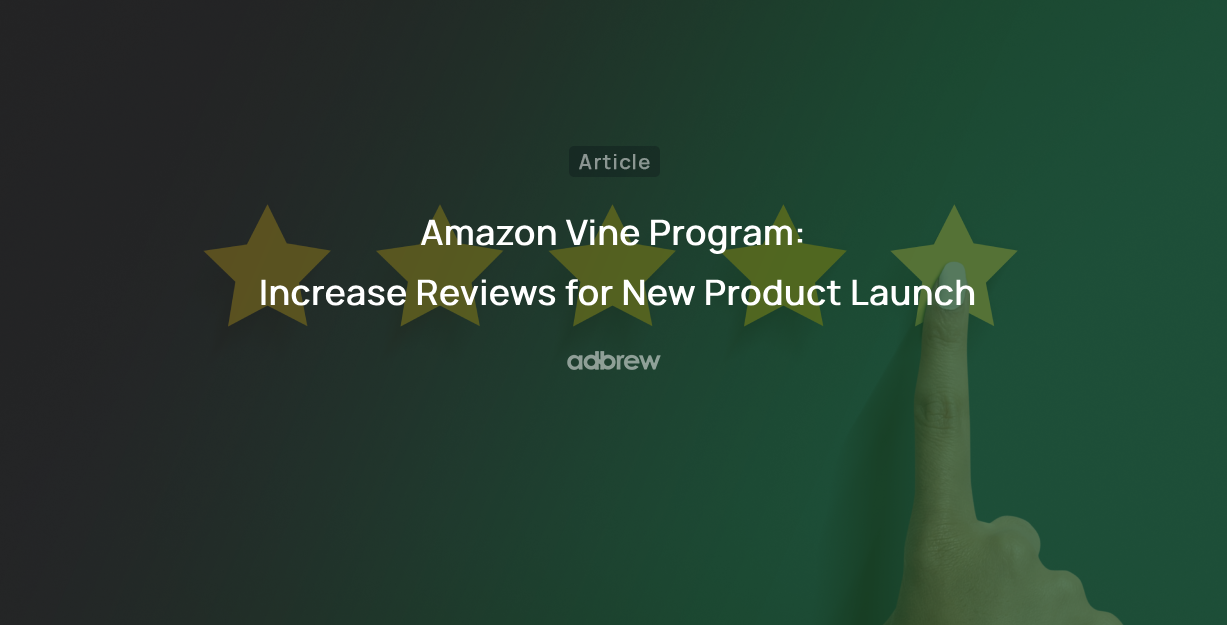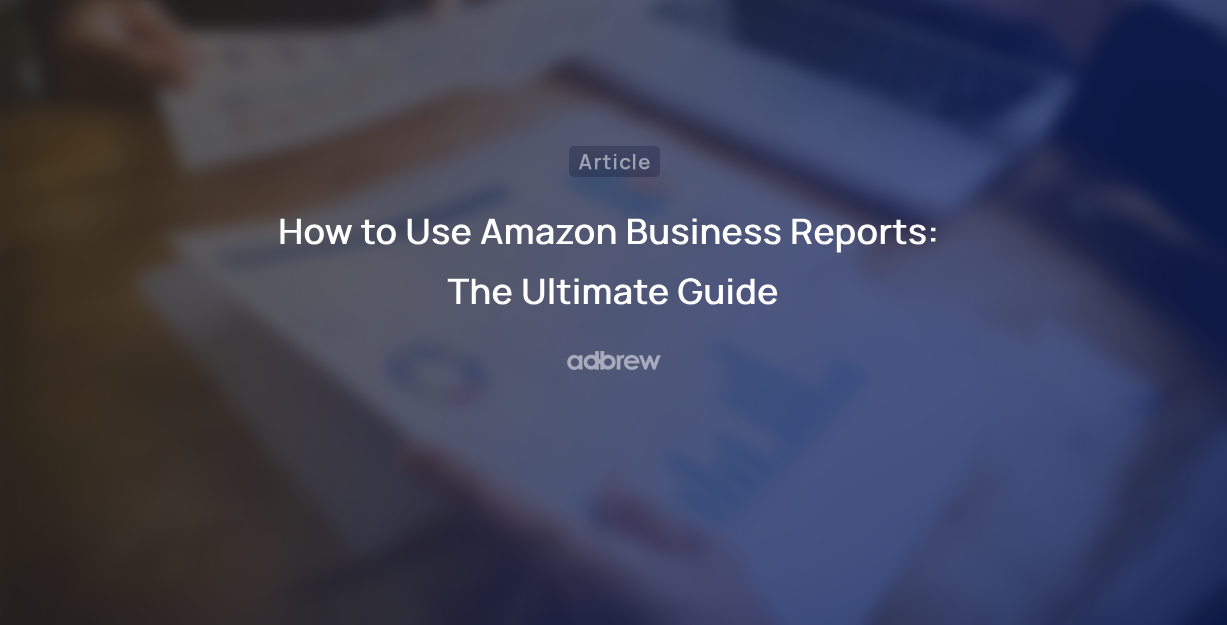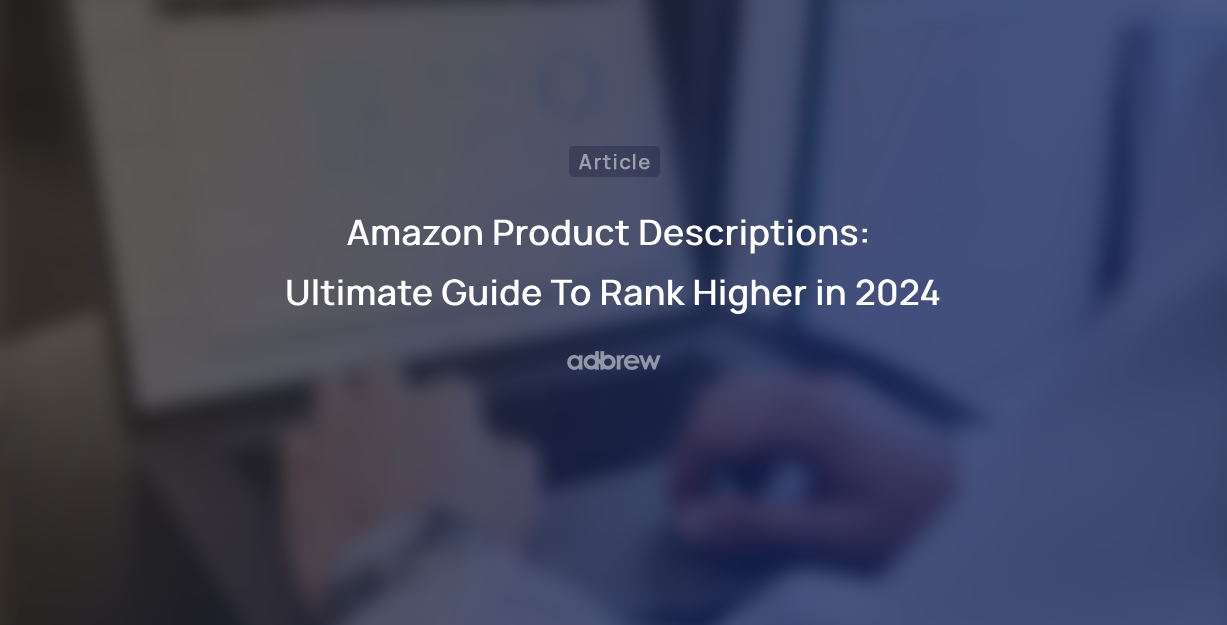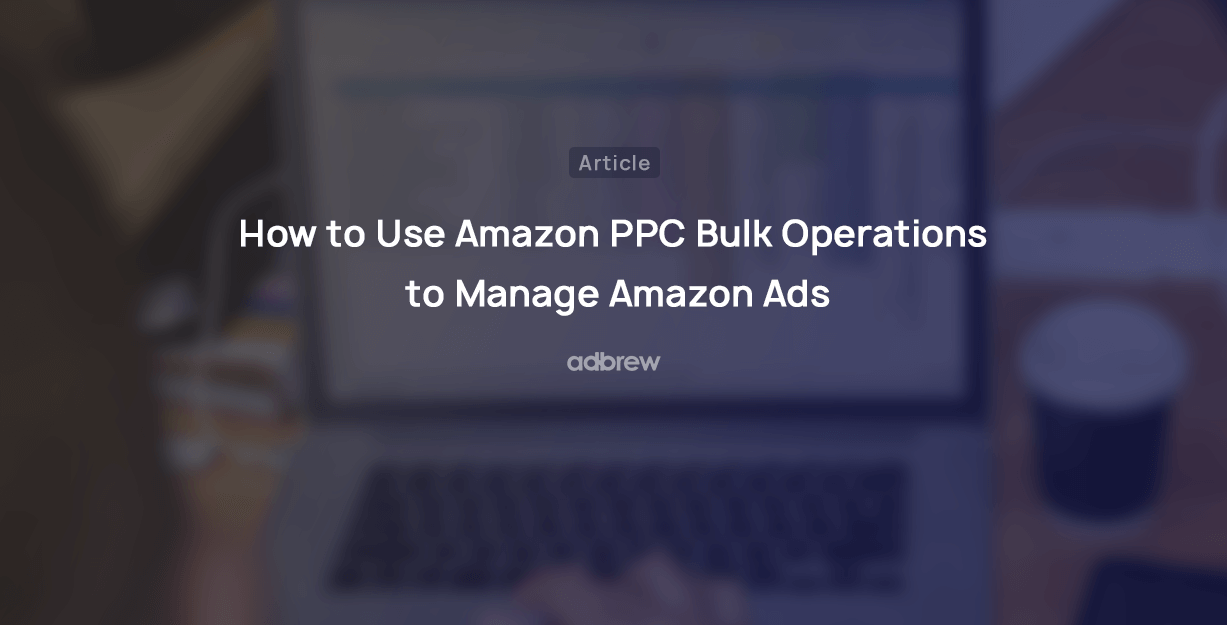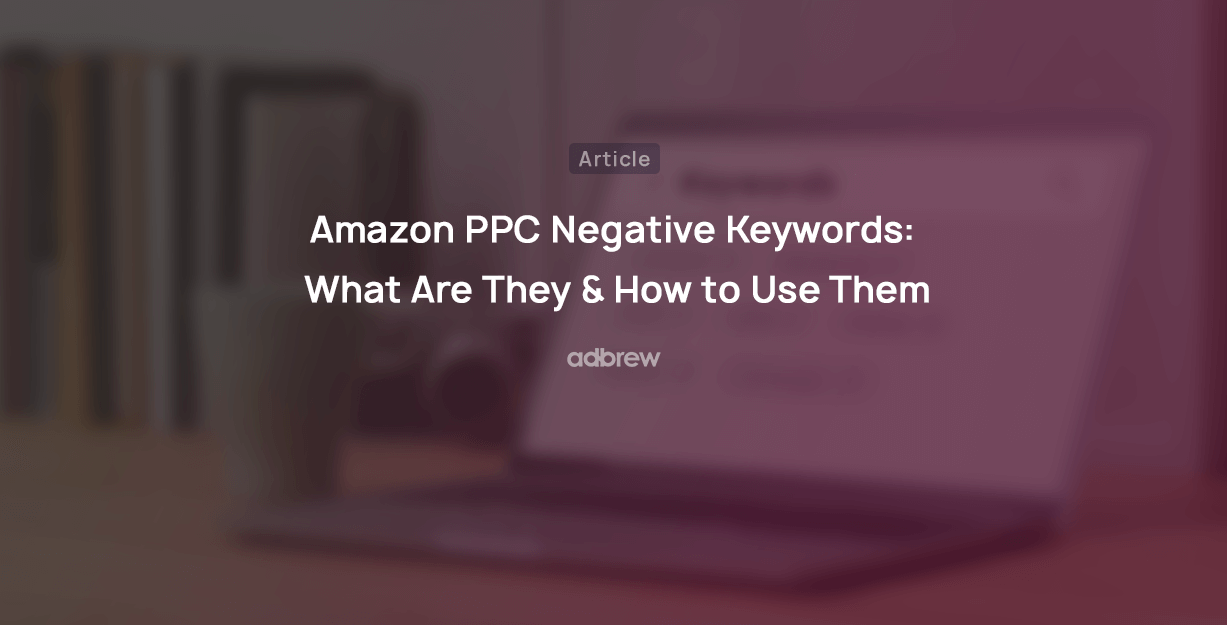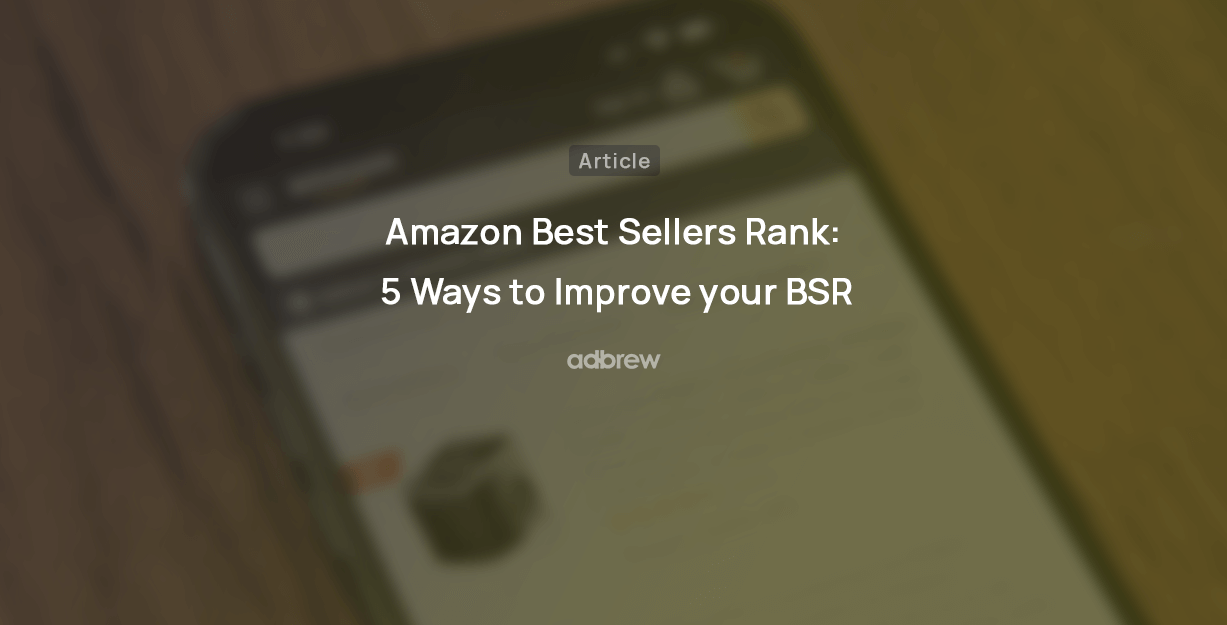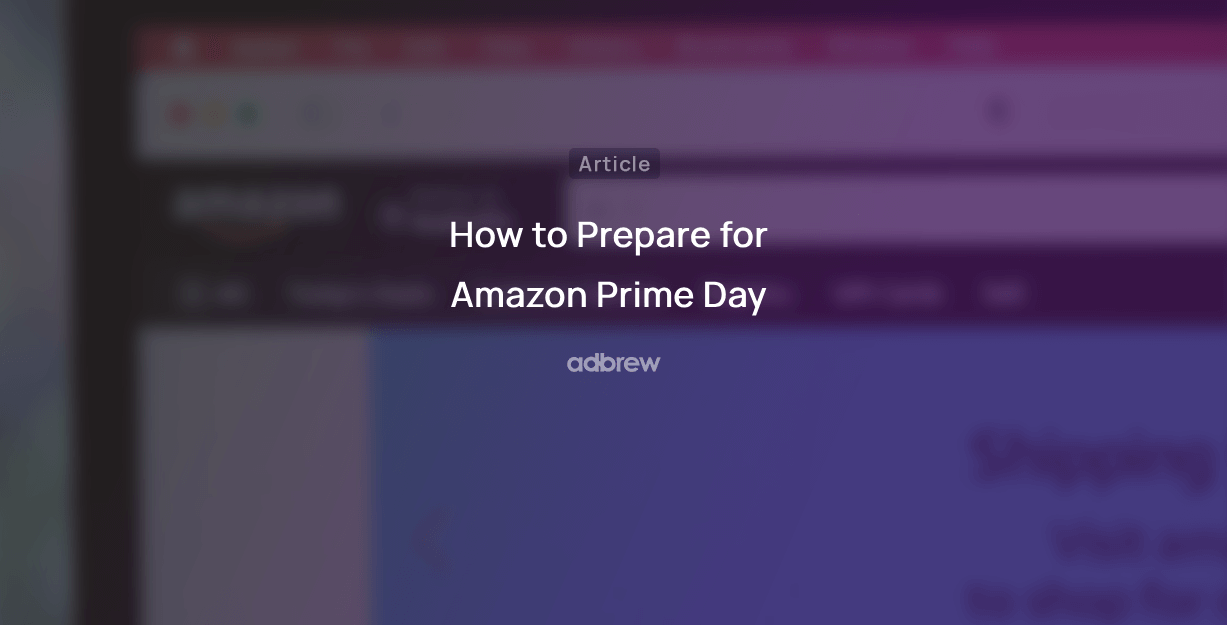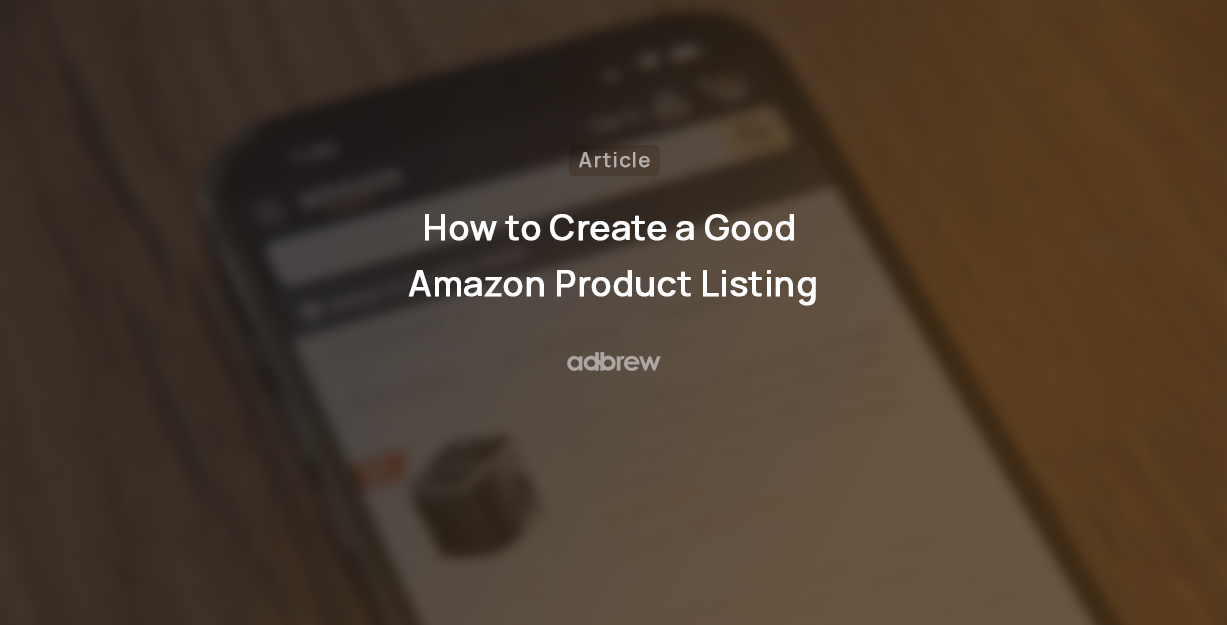
In the ever-competitive landscape of Amazon, ranking high in organic search results is crucial for driving sales.
While you might be optimizing your product titles, descriptions, and bullet points with relevant keywords, there’s another powerful tool at your disposal: Amazon backend keywords.
These hidden gems, invisible to shoppers but crucial for the A9 search algorithm, can be the key to propelling your product to the top of search results and skyrocketing your sales.
In this blog post, we will delve deeply into what backend keywords are on Amazon, how they help your business, and how you can start leveraging them for your products.
What are Amazon Backend Keywords?
Backend keywords are essentially hidden keywords that act as signals to the platform’s algorithm.
These keywords, unlike those in the product title, description, or features, are invisible to customers browsing the product detail page.
However, they play a crucial role in influencing how Amazon’s search engine interprets and indexes your product.
By incorporating relevant backend keywords, you essentially provide the algorithm with a richer understanding of your product’s characteristics and target audience.
This, in turn, allows Amazon to effectively match your product with searches that use those same keywords, even if they aren’t explicitly mentioned in the customer-facing sections of your listing. T
his behind-the-scenes communication with the algorithm enhances the discoverability of your product, potentially leading to increased traffic and sales.
Why are Backend Keywords Important?
Here’s why backend keywords deserve a prominent spot in your Amazon optimization toolbox:
Increase Product Relevancy
Imagine a customer searching for an “insulated travel mug with leakproof lid and coffee grounds container.” While your product title might mention “travel mug” and “leakproof,” it might be challenging to squeeze in a “coffee grounds container” naturally.
This is where backend keywords come in. By including that specific term, you silently tell Amazon’s algorithm, “Hey, this mug is perfect for people who want to carry coffee grounds too!”
When that customer types in their specific search, your product is much more likely to appear in the results because you’ve signaled its precise relevance.
Freedom From Stuffing Keywords in Listing
As you know, keyword stuffing in product descriptions or titles is a big no-no. It looks unnatural and discourages customers from buying.
Backend keywords solve this by giving you a separate space to target important search terms.
You can craft compelling product descriptions that are easy to read while simultaneously optimizing your listing for search by including those same terms in the backend.
Get Indexed for the Right Keywords
Amazon’s search engine crawls your listing to understand what it’s about. Backend keywords ensure you can include important keywords that might not fit naturally into the product title or description due to character limits or readability.
This way, even if a customer doesn’t use the exact keyword you targeted in the title, your product can still be surfaced in relevant searches.
Get More Organic Traffic
The ultimate goal of a good Amazon listing is to attract organic traffic – customers who find your product through natural searches, not paid advertising.
By implementing a well-researched backend keyword strategy, you’ll increase your product’s ranking for relevant searches.
This translates into more organic traffic, more product views, and ultimately, more sales. It’s a win-win scenario where you leverage Amazon’s search engine to bring qualified buyers to your product.
How to Find Relevant Backend Keywords?
Now that you know why backend keywords are important, let’s discover some sources that you can use to find the right backend keywords for your product listing.

1. Dissect your Own Product
Your product itself is an open book. Dissect it in all possible pieces of information. It includes its features, benefits, color, size, structure, nature, uniqueness, design, and applications.
A thorough understanding of the tiniest details of products gives out enough relevant keywords to add. Don’t take any detail of your product for granted. Try to use as much information as the product has to offer you.
2. Leverage Keyword Research Tools
The internet offers a plethora of free tools, and incorporating a keyword research tool into your work can be highly beneficial. Options like Semrush, Ahrefs, Helium 10, among others, stand out as excellent choices.
Utilizing these tools enables you to delve into various aspects such as search volume, competition level, and related keywords.
This analysis provides you with a comprehensive understanding of the keyword landscape relevant to your product or service.
3. Look out for Competitors and Low-competition Keywords
Look for products similar to yours that are ranking well on Amazon. Check their titles, descriptions, and any customer reviews to see what keywords they might be using.
This can give you valuable insights into what terms are converting for similar products.
Some tools allow you to analyze competitor listings and extract all the keywords their product ranks for. they’re using.
However, be cautious – avoid copying competitor listings verbatim. Use this information as a springboard for your own unique keyword research.
4. Observe Amazon’s Search Terms Suggestions
When you search for a product in the Amazon search bar, you probably have noticed autocompleted suggestions related to your search term.
Assume that you search for “Bluetooth earbuds”, and you will notice a list of search terms like “Bluetooth earbuds under $500.” or “wireless earbuds” and similar terms.
These are terms real customers are searching for, and they’re a great starting point for your backend keyword list.
5. Think Like Your Customers
Put yourself in your ideal customer’s shoes. What words or phrases would they use to search for a product like yours?
Consider common problems your product solves and the benefits it offers. Include these terms and variations in your backend keywords.
How To Add Backend Keywords To Your Product on Amazon?
Once you have a comprehensive list of relevant backend keywords, it’s time to add them to your listing. Here is the step-by-step process to add backend keywords to your product listing.
Step 1 – Head to your Amazon Seller Central account and locate the Inventory tab.
Step 2 – Choose Manage All Inventory from the drop-down menu.
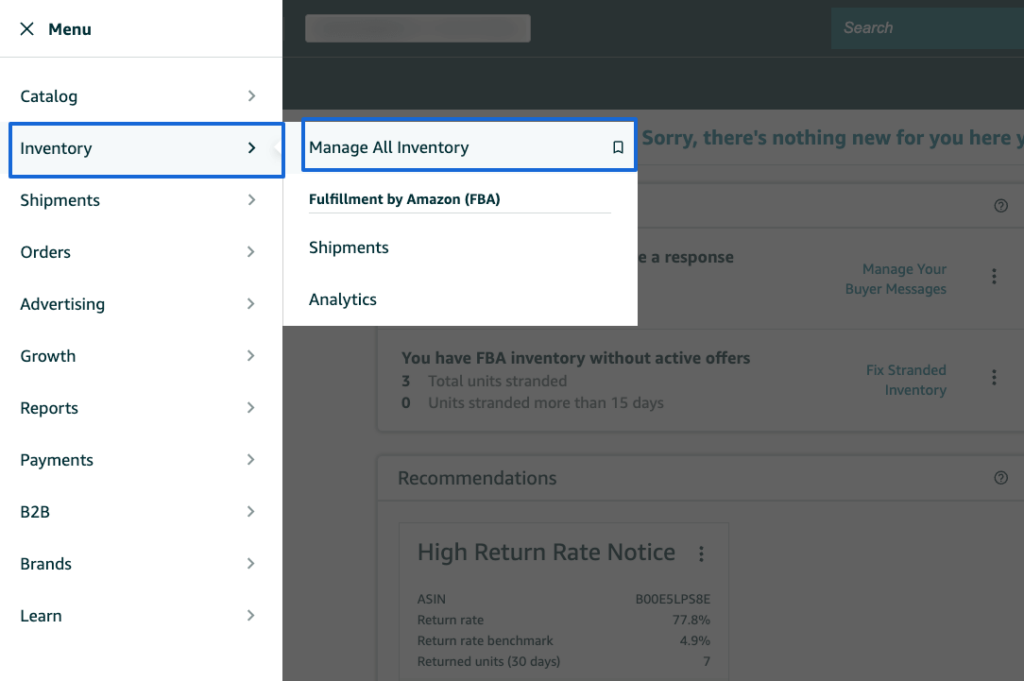
Step 3 – When the “Manage Inventory” page appears, select the product listing where you intend to add backend keywords. Then, click on the “Edit” option located on the far right.

Step 4 – Navigate to the product details tab and find the search terms section.
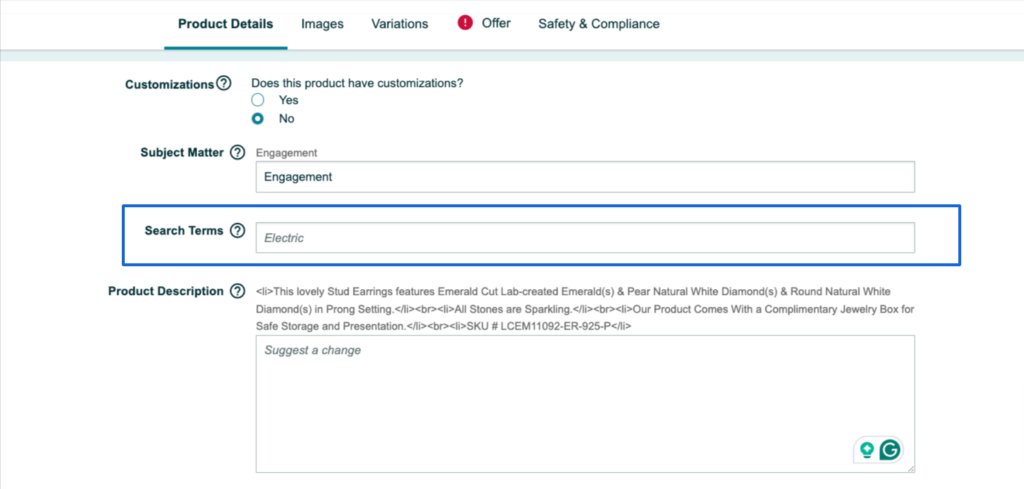
Step 5 – Add desired backend keywords in the search terms box and click save and finish.
Common Mistakes to Avoid While Adding Relevant Keywords
Here are some common mistakes you should avoid while adding backend keywords:
1. Keyword Stuffing
Keyword stuffing is common when sellers only tend to add words to fill space. But stuffing excessive words doesn’t work for Amazon algorithms.
There should not be a repetition of keywords in the backend when they are already present in the product title, description, and bullet points as unnecessary stuffing can manipulate search rankings and somehow degrade your product’s authority.
2. Copy- Paste
As discussed above, new sellers can always take ideas and inspiration from competitors, but they should not just copy-paste their things. Scroll through their product details and descriptions to inspire ideas and patterns.
3. Crossing the Character Limit
It’s important to grasp this concept thoroughly as the character limit significantly impacts how backend keywords are added. Amazon imposes a limit of 500 characters on sellers, which has recently been doubled from 250 bytes.
This expansion offers sellers more flexibility in utilizing backend keywords. It’s crucial to understand that bytes refer to the size of each character, and various characters occupy different amounts of bytes.
Therefore, when adding keywords, it’s essential to be mindful of character byte sizes, consider the impact of symbols, and ensure not to surpass the designated limit.
4. Including Punctuation, Stop marks, and ASIN’s
Amazon’s algorithm ignores punctuation marks in keywords, so adding them, like commas, periods, and stop words such as “and” or “or”, serves no purpose and only wastes space.
Similarly, including ASINs in the backend search terms is redundant since they are already present in the product description.
Moreover, plurals are disregarded by Amazon’s system, meaning that both singular and plural keywords yield the same results. For instance, a search for “Blue shirt” and “Blue shirts” will produce identical outcomes.
Thus, there’s no necessity to include both variations as keywords; either one suffices.
This translates into more organic traffic, more product views, and ultimately, more sales. It’s a win-win scenario where you leverage Amazon’s search engine to bring qualified buyers to your product.
5. Emphasizing
When we say emphasizing, we’re referring to the use of subjective statements like “best notebook” or “cheapest phone covers” before product names. These emphasizing words, while attention-grabbing, aren’t SEO-friendly.
It’s best to refrain from using them in the backend because this space should be used strategically and with relevant information.
6. Not Using Long Tail Keywords
Many sellers overlook long-tail keywords, assuming that few potential shoppers are searching for them.
However, it’s crucial to recognize that as keywords become longer and more specific, competition decreases, increasing your chances of ranking for these terms.
How Can You Optimize Backend Keywords for Better Search Rankings?
Here are some common mistakes you should avoid while adding backend keywords:

1. Use Full Space
Utilize the full 500-character space allocated for backend keywords. Amazon has extended this limit to enhance search result relevance. Therefore, ensure every character is used effectively to optimize your product’s ranking.
2. Consider Logical Order
Logical order matters if you are serious about ranking. Use phrases in a proper order. For example, “diary journal girls” is in illogical order. You can write it as “Girls Journal diary”. This makes it more relevant to what people may search for.
3. Use the Amazon Search Query Performance and Brand Analytics Report
These two reports are crucial as they detail popular search terms and the performance of your brands in relation to those terms. It’s important to review them carefully and identify any missed opportunities where you can incorporate relevant terms.
4. Keep Updating Your Backend Keywords List
Over time, the way people search for products within your category can evolve. They may use different search phrases to find the same product. Therefore, it’s crucial to continually update the backend keyword list to reflect current consumer trends.
Additionally, you should incorporate holiday-specific search terms into the backend keywords during popular holidays such as Mother’s Day, Black Friday, Prime Day, and so on.
Conclusion
By incorporating relevant backend keywords, you’ve equipped your product with a powerful voice to attract the right shoppers. Remember, Amazon’s algorithm prioritizes products that closely match customer searches.
So, keep your backend keywords current, relevant, and targeted to watch your product ranking climb the ladder and reach new heights of success on Amazon!
FAQ - Amazon Backend Keywords
1. What are Amazon backend keywords?
Amazon backend keywords are hidden search terms that sellers can add to their product listings to improve visibility without crowding the public-facing product details.
2. Where can I add backend keywords in my Amazon listing?
You can add backend keywords in the “Search Terms” field within the product listing setup in Seller Central.
3. How many characters can I use for backend keywords?
Amazon allows up to 250 bytes for backend keywords. Exceeding this limit will result in the keywords being ignored.
4. What type of keywords should I include in the backend?
Include misspellings, synonyms, regional variations, and long-tail keywords that are relevant to your product but don’t fit naturally in the title or bullet points.
5. Are there any restrictions for backend keywords?
Yes, avoid using competitor names, offensive terms, or redundant keywords already in your listing. Stick to Amazon’s guidelines for best results.
Recent Posts
Take your Amazon PPC advertising to the next level

Related Blogs
Running Amazon ads with an empty shelf? You might as well be burning cash. Many sellers focus on optimizing bids, […]
In today’s competitive digital landscape, growing your eCommerce brand requires more than just a standalone website or a single marketplace […]
Are you an Amazon seller looking to offload excess inventory or seasonal items? The Amazon Outlet program might be just […]
Turning your bookshelf into a source of income has never been easier, thanks to Amazon. If you have books collecting […]
If you’re an Amazon seller, encountering an account suspension or policy violation can be a significant setback. But with the […]
Introduction Amazon dropshipping is an increasingly popular way to run an e-commerce business without the need to store or ship […]
Introduction The Amazon Influencer Program is a great way for content creators to turn their influence into earnings. This program […]
Introduction Amazon Kindle Direct Publishing (KDP) is a platform that allows authors to self-publish their work as ebooks or print […]
Selling on Amazon offers many opportunities for businesses, but it’s essential to understand the costs involved with Fulfillment by Amazon […]
Walmart is quickly becoming a popular platform for brands and sellers to connect with more customers. One way to boost […]
In today’s competitive retail landscape, reaching the right audience at the right time is crucial for success. Walmart’s Demand Side […]
In today’s fast-paced eCommerce landscape, shoppers demand speedy delivery. Walmart has responded by offering 2-day shipping, giving sellers on the […]
Running successful Walmart advertising campaigns takes more than just setting them up—it requires ongoing optimization. A Walmart PPC (Pay-Per-Click) audit […]
Are you ready to tap into the massive potential of Walmart Marketplace? With millions of daily visitors and a loyal […]
In the world of e-commerce, Amazon and Walmart reign supreme, dominating the retail landscape. These two giants offer vast opportunities […]
Are you a brand owner struggling to maintain control over your products on Walmart? The Walmart Brand Portal is here […]
Are you dreaming of a passive income stream from your Walmart store? The allure of an automated Walmart store with […]
Are you a seller looking to tap into the massive market of private-label brands? Walmart, one of the world’s largest […]
Tired of your Walmart products getting lost in the shuffle? In this blog post, we’ll dive into the essential strategies […]
Ever wondered why some Amazon sellers seem to have a magic touch with product bundles? It’s not luck—it’s strategy. Bundling […]
If you’re a Walmart seller looking to grow your business through retail media, Walmart Connect could be a game-changer. But […]
If you’re an Amazon seller, you may have noticed a portion of your inventory marked as “reserved” without knowing exactly […]
Have you ever wondered what managing your own Amazon orders is like? Switching from Fulfilled by Amazon (FBA) to Fulfilled […]
Walmart Marketplace offers an exciting opportunity for sellers to reach a vast audience by listing their products on Walmart’s platform. […]
Selling products on online marketplaces has become a vital strategy for businesses to reach more customers. If you’re looking to […]
Are you a Walmart seller aiming to improve your visibility and sales? In this blog, we will explore Walmart SEO, […]
As an Amazon brand owner, maintaining control over your product listings is essential to protect your brand’s reputation and customer […]
Improving your sales on Walmart starts with understanding how to consistently win the Buy Box. Securing this position can make […]
Are you an Amazon seller struggling to increase your rating? A high seller rating is crucial for attracting new customers […]
As an Amazon seller, providing the best customer service is paramount to maintaining a positive customer experience. One key metric […]
If you’re an Amazon seller and curious about Amazon IPI score and its impact on your business, this blog post […]
Introduction Starting an Amazon subscription box business presents a unique opportunity to tap into the growing trend of curated, recurring […]
Thinking about using Fulfillment by Amazon (FBA) to sell on the Amazon marketplace? Awesome! But before you box up your […]
Thinking about using Fulfillment by Amazon (FBA) to streamline your Amazon business? While FBA offers a convenient way to store […]
For FBA sellers, the Amazon Buy Box is the holy grail of product visibility. But with constant algorithm updates and […]
Have you ever wished you could offer customers pre-made packages of complementary products without the hassle of physically bundling them […]
Have you ever wanted to create a more branded and engaging presence for your products on Amazon? An Amazon storefront […]
Are you storing items on Amazon for a while? If so, it’s important to be aware of Amazon long term […]
When selling products on Amazon, it is crucial to follow their packaging requirements, rules, and guidelines. Proper packaging ensures that […]
Amazon A/B testing can significantly enhance your product listings and boost sales. This method, also known as split testing, involves […]
Have you ever browsed Amazon and stumbled upon a product with a little blue badge that reads “Amazon’s Choice“? It […]
Amazon FBA vs FBM needs to be explored, when we ship products and handle orders while selling on Amazon. With […]
Ever feel like you’re missing something in your Amazon PPC Search Terms report? You might be! Sure, they show what […]
Amazon can be a fantastic platform to reach new customers, but keeping your virtual shelves stocked can get tricky. That’s […]
Navigating Amazon as a new seller can be tough, but there are tools and programs available to help such as […]
Have you ever scrolled through an Amazon search result page and noticed product recommendations nestled alongside the standard listings? These […]
Finding time for yourself while selling on a competitive marketplace like Amazon can be challenging. As a seller, your main […]
Starting an E-commerce business has become quite easy with Amazon, but it also brings heavy competition. Millions of Amazon sellers […]
As an Amazon seller, you know the importance of getting your products seen. But with millions of listings, how do […]
Ever scrutinized an Amazon product page and noticed the cryptic “Sales Rank”? Wondering what it means and how it impacts […]
Millions of products compete for customer attention on Amazon’s search results page, making it tough for your brand to stand […]
Are you selling products on Amazon and looking to increase your sales? This blog is for you. We’ll share tips […]
Are you an Amazon seller looking to boost your brand visibility and profitability? Are you feeling stuck in the cycle […]
Ever wonder what drives your online shopping habits? Perhaps a captivating product description, or an eye-catching professional photo? As it […]
For any seller on Amazon, understanding the A9 algorithm is crucial for success. This complex algorithm dictates which products appear […]
Are you an Amazon seller looking to turn those single purchases into recurring revenue? Look no further than the Subscribe […]
Amazon has become a go-to platform for all e-commerce business owners to launch and scale their e-commerce brands online. But […]
Mother’s Day, a time to celebrate the incredible women who raised us, is a prime opportunity for Amazon sellers to […]
In the ever-competitive landscape of Amazon, ranking high in organic search results is crucial for driving sales. While you might […]
If you’ve ever found yourself scratching your head over Sessions and Pageviews on your Amazon business reports, you’re not alone. At […]
Amazon is a massive marketplace, attracting millions of customers with diverse needs, preferences, budgets, and mindsets for shopping. To effectively […]
With Amazon boasting over $575 billion in retail sales for 2023, it’s no wonder so many sellers flock to its […]
Advertising on Amazon through pay-per-click campaigns can significantly enhance product visibility and sales for sellers. However, mastering Amazon PPC, with […]
Have you heard of the terms copyright infringement and plagiarism? If so, then Amazon Brand gating won’t be unfamiliar to […]
If you are running ads on Amazon, you’ll come across a sea of data in your advertising console. But does […]
Have you heard of the terms copyright infringement and plagiarism? If so, then Amazon Brand gating won’t be unfamiliar to […]
In the fast-paced world of e-commerce, where shoppers are bombarded with choices, standing out on platforms like Amazon is paramount […]
Are you planning to start an Amazon FBA store? If so, you’ll encounter a unique term – FNSKU. This seemingly […]
As an Amazon seller, you understand the power of reviews. They’re the lifeblood of trust and conversion on the platform. […]
Are you struggling to get Amazon reviews on your product? Well, you are not alone! Reviews are the backbone of […]
Are you tired of bland Amazon product listings failing to grab attention? In today’s competitive online marketplace, standing out is […]
As an Amazon seller, understanding how your brand performs throughout the customer journey is vital for success. However, until recently, […]
As an Amazon seller, optimizing your business and maximizing profits relies heavily on data analysis. One invaluable tool for gaining […]
Are you struggling to get noticed on Amazon’s massive platform? Do your products get lost in a sea of similar […]
For any Amazon seller getting into the world of sponsored advertising, understanding the Advertising Cost of Sale (ACoS) is crucial. […]
A well-executed Amazon product launch strategy can be the key to unlocking success and gaining a competitive edge. As the […]
In the ever-evolving landscape of e-commerce, distinguishing between keywords and search terms is vital for optimizing product visibility and driving […]
Ever felt like you are throwing darts in the dark when it comes to your marketing efforts outside Amazon for […]
Amazon, the e-commerce giant, has successfully concluded a robust business year with outstanding performance in quarter 4. The most recent […]
Picture this: you have a great product on Amazon, but it’s not selling well despite having attractive images and a […]
The advertising landscape is evolving, and viewers are rapidly migrating from traditional cable TV to streaming platforms. This presents a […]
Feeling lost in the Amazon discount jungle? Struggling to reach the right customers and entice them to make the purchase? […]
Are your products getting lost in the vast ocean of Amazon listings? Do you want them to stand out, rank higher, […]
For years, Amazon sellers were in the dark. They couldn’t see what keywords customers were using to find their products, […]
Selling on Amazon can be tough with so many others doing the same in your category. That’s why it’s super […]
For Amazon sellers, understanding their customers has often felt like navigating a maze without a map. The missing link? A […]
Have you ever felt like your Amazon advertising campaigns are lost in a tangled jungle of keywords? You’re not alone. […]
When did you last give your Amazon PPC account a checkup? Regular Amazon PPC audits are crucial to ensure the […]
Embarking on the path of online selling? If so, you’re likely aware that Amazon is your ultimate destination. With a […]
Ever felt like your product is lost in the vast Amazon jungle? You’re not alone. With millions of shoppers actively […]
Amazon Sellers selling on the Amazon marketplace usually utilize Amazon advertising without keeping a close eye on the TACoS metric. […]
The rush of Black Friday and Cyber Monday might be over, but the opportunity for continued sales growth extends beyond […]
In the fierce Amazon advertising domain, where competition rises and costs increase, understanding and keeping track of the right metrics […]
Have you ever felt the frustration of campaigns going out of budget, leading to missing out on potential sales, or, […]
Amazon PPC campaigns can be a powerful tool for driving traffic and sales to your products. However, without proper structure, they […]
Whether you are creating a new advertising campaign or optimizing existing ones, doing it manually from the Amazon ad console […]
Want to know what search terms people use to visit or purchase your product on Amazon? If yes, you’re in […]
When you are spending dollars or even more to get a click on your Amazon ads, you want to ensure […]
Are you an Amazon seller looking to maximize your profits and minimize your advertising costs? If so, you’re not alone. Many […]
Are you exclusively relying on traditional metrics such as CTR, CPC, CVR, or ROAS to make your campaign optimization decisions? […]
Navigating the ever-evolving landscape of Amazon’s online marketplace is essential for any seller looking to thrive on the platform. Among […]
As the holiday season approaches, businesses are gearing up for the highly anticipated Q4 rush. To ensure a successful Q4, […]
Do you regularly review your Amazon advertising reports? If not, you may be missing out on numerous opportunities. Amazon […]
Whether you’ve just launched a new product or have been selling on Amazon for a while, advertising on the platform […]
Amazon PPC bidding strategies that you choose play a significant role in the success of your Amazon Ads campaigns. As […]
Have you ever heard of a “catch-all campaign”? This single campaign can generate extra sales for you at a very […]
Amazon Prime Day is one of the largest global e-commerce sales events, attracting millions of customers worldwide. But how do […]
Are you looking to boost your brand’s visibility and drive more sales on Amazon? Look no further than Amazon Sponsored […]
Succeeding on Amazon in 2024 isn’t easy. Just listing your products and hoping for the best won’t work anymore. You […]
Are you bidding the same amount for all your ad placements on Amazon? If yes, then you’re missing out on […]
Whether you are looking to boost product discovery or target audiences further down the sales funnel who have already engaged […]
We, at Adbrew catalyze millions of dollars of ad spend monthly through our platform, with Sponsored Product Ads being the […]
Do you want to know how many clicks you should give a search term before adding it as negative in […]
Think of your product listing as a guiding light on the Amazon marketplace. It’s your chance to grab attention, tell […]
It is no longer a secret that shopping behavior on Amazon varies over the day. This is the reason why […]
Are you struggling to get the most out of your advertising budget on Amazon? Do you find that your campaigns […]
Ever run an Amazon Ad campaign and wondered why some sales weren’t directly linked to the products you advertised? That’s […]
If you’re managing Amazon PPC ads, it’s essential to have an effective and organized approach for target harvesting and movement. […]




























